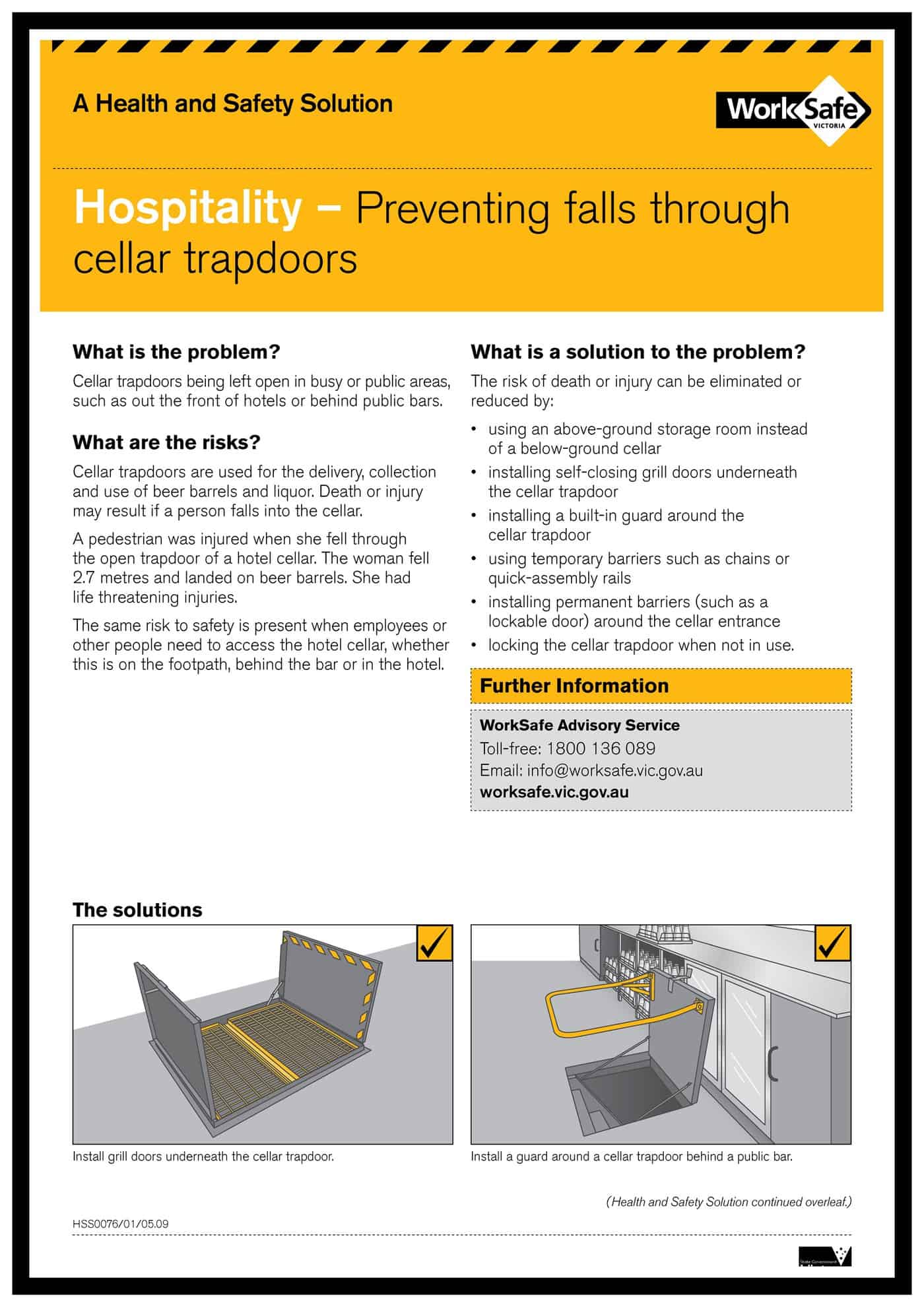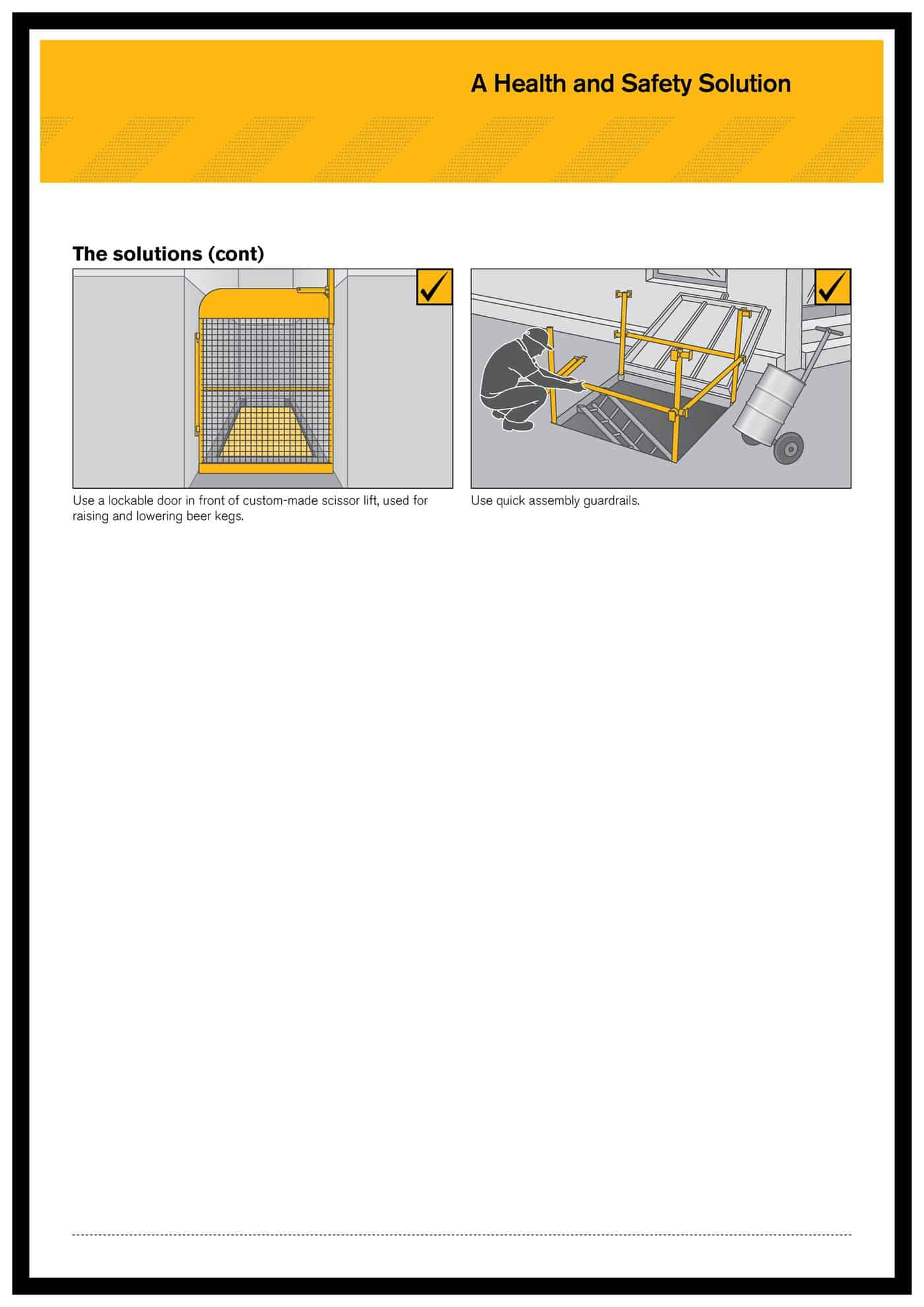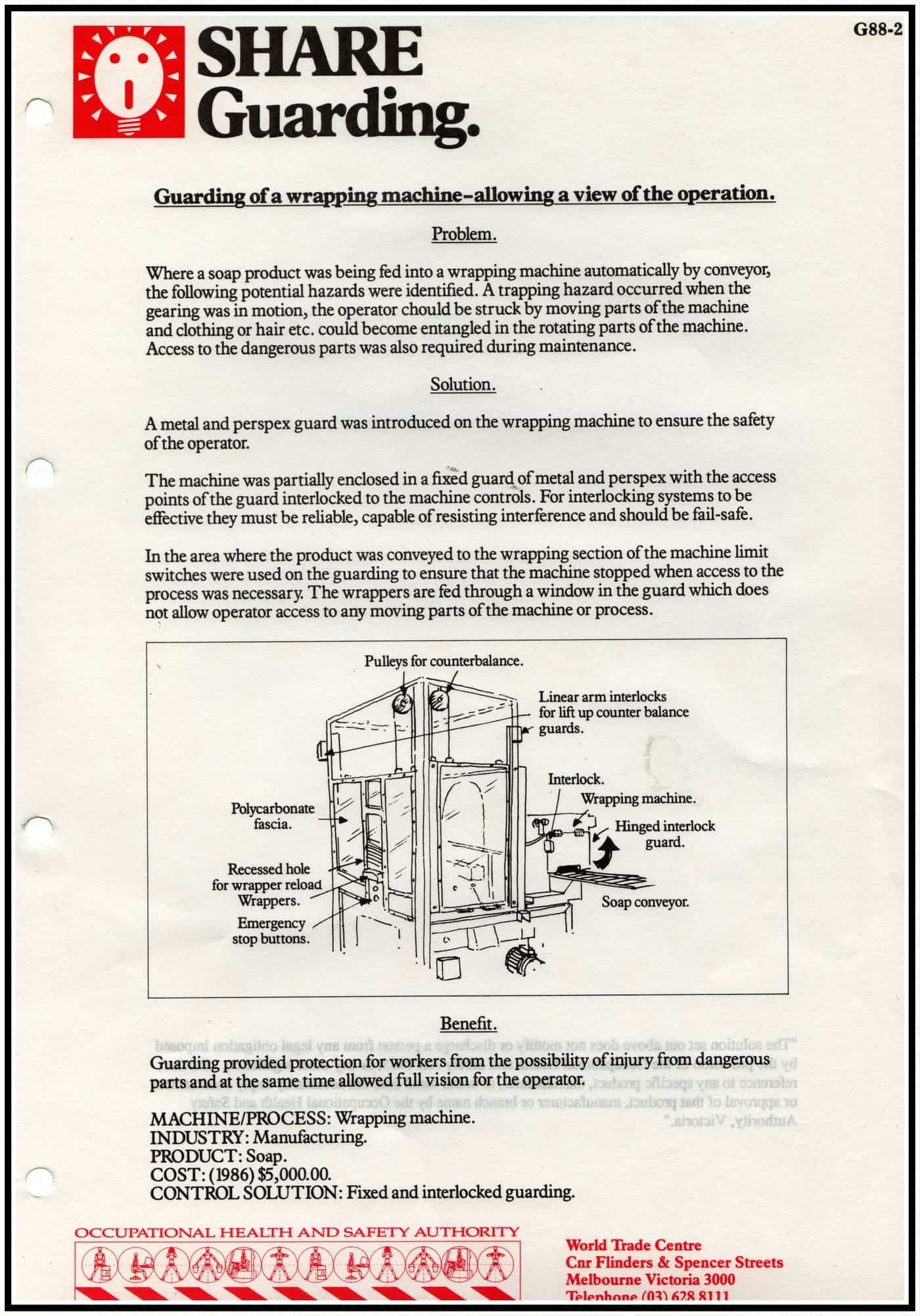David Michaels has been nominated by President Obama as the new Assistant Secretary for the Occupational Safety and Health Administration in the Department of Labor. (A brief profile of Michaels is available HERE.) A posting at a US Workers’ Compensation website links through to a discussion on the potential impacts of the Michaels’ appointment.
There are several telling quotes in the podcast. Sidney Shapiro, a law professor at Wake Forest University, says that OHS achieves more when run by someone with a health professional background.
“…I think it’s important that we know that David Michaels is a health professional. And I think OSHA’s done best when it’s had administrators from the public health community. It is, after all, a public health agency. More times than many of us would wish, it’s been headed by someone who’s been an adamant critic of OSHA and has come from industry or been an industry lawyer.”
Whether this position can be applied to regulators in other jurisdictions is an interesting question.
The Chair of the UK HSE Board, Judith Hackett, has a background in petrochemicals. The CEO of the HSE, Geoffrey Podger, has a background in the civil service, health and food safety. The chair of the Safe Work Australia Council, Tom Phillips was the former CEO of car manufacturer, Mitsubishi, and has served on a range of industrial company boards in South Australia. The Chair of WorkSafe BC board, Roslyn Kunin, harks from human resources and the labour market. Greg Tweedly CEO of WorkSafe Victoria has a background in insurance and compensation. Nina Lyhne of WorkSafe WA comes from road safety and compensation.
This unrepresentative sample shows a mix of experience and not all from health promotion. If the list was comprehensive, it would be interesting to see if Shapiro’s comments stack up and to see how many trade union officials have moved to “the top” or will simply remain “on the board”.
The Living on Earth podcast includes the following quote from Michaels from some time ago:
“What polluters have seen is that the strategy that the tobacco industry came up with, which essentially is questioning the science, find the controversy and magnify that controversy, is very successful in slowing down public health protections. And so the scientists who used to work for the tobacco industry are now working for most major chemical companies. They don’t have to show a chemical exposure is safe. All they have to do is show that the other studies are in question somehow. And by raising that level of uncertainty, they throw essentially a monkey wrench into the system.”
This statement could generate optimism for OSHA’s future but there are many examples of the views of environmentalists changing once they move into the corporate world. Politicians like Australia’s Minister for the Environment, Peter Garrett, is an obvious recent Australian example. Harry Butler in the 1970s was roundly criticised for “selling out” to the petrochemical industry.
However, the appointment of David Michaels pans out, it will be an interesting one to watch, particularly if the US Democrats can stay in power for more than Obama’s two terms.






 who was the chief psychologist for the Australian Olympic team and is now an author and business adviser. In August 2009 he has a book released entitled “The Man Who Cured the Performance Review”.
who was the chief psychologist for the Australian Olympic team and is now an author and business adviser. In August 2009 he has a book released entitled “The Man Who Cured the Performance Review”.